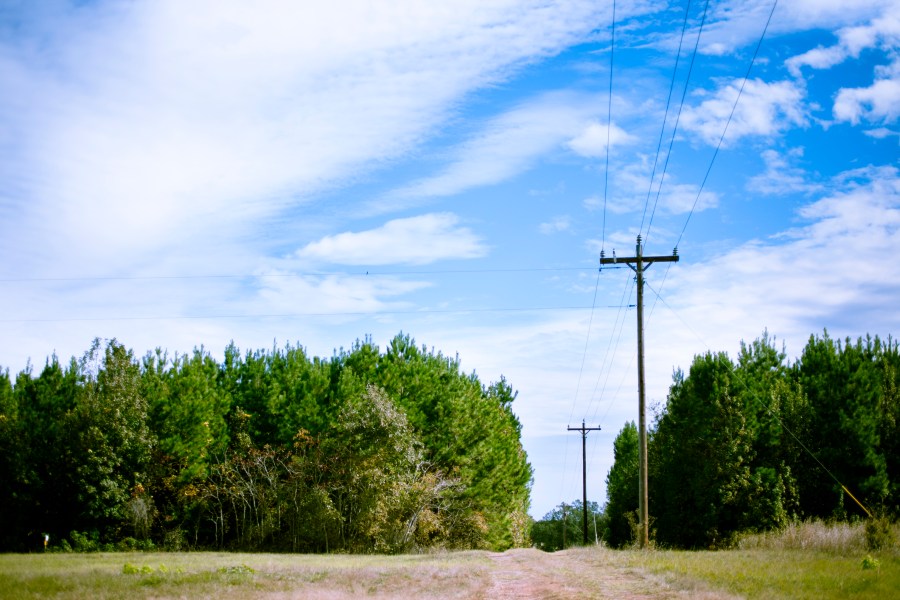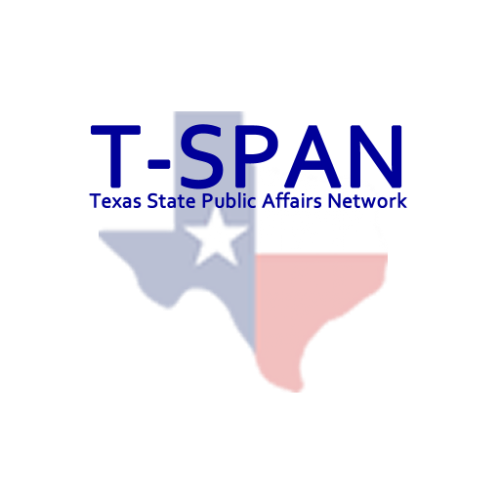
Power lines keep causing wildfires in the Texas Panhandle, but safety and maintenance is a ‘no man’s land’

PAMPA, Texas (KAMR/KCIT) – In February and March 2024, the Texas Panhandle and High Plains region saw the outbreak of numerous wildfires that resulted in the deaths of at least two people, thousands of cattle and more than 1.2 million acres of rangeland.
During hearings held by the Panhandle Wildfires Investigative Committee in the first week of April, officials with Xcel Energy and the Texas A&M Forest Service noted that at least four of the fires were ignited by utility poles and electrical distribution lines; two that were owned by Xcel Energy and two that were owned by oil and gas companies.
Committee members and panelists highlighted that despite failing utility infrastructure causing an increasing number of wildfires in the Texas Panhandle region in recent decades, inspections and regular maintenance on that infrastructure have been spotty. Various officials, landowners and companies also said that the lack of maintenance and regulation enforcement has been partly due to multiple regulatory agencies – the Texas Railroad Commission and the Public Utility Commission – denying having jurisdiction over that infrastructure.
As noted by area rancher Craig Cowden and Committee Member Jason Abraham, among others, the lack of clarity about jurisdiction and maintenance rules for infrastructure like utility poles and pumpjacks have meant that landowners in the region have historically been left in the lurch, unable to find who to contact to address possible safety hazards on their property.
Who is responsible for maintaining the utility poles in the rural Texas Panhandle, and what rules do they follow? What steps should rural landowners take to help protect themselves and their communities in the face of a “no man’s land” for utility safety?
Who rules rural power lines?
The US Department of Agriculture Rural Utilities Service has detailed federal requirements for the inspection and maintenance of wood utility poles in its system. The longevity expectations and maintenance requirements of the poles tend to vary depending on the type of wood used to make them and the region in which they’re planted. For example, utility services described during the wildfire hearings that most of the utility poles in the Texas Panhandle region are made of treated southern pines; according to the RUS guide, those poles should generally be inspected every 10 years and serviced or replaced according to their condition.
Maintenance requirements for utility poles have been enforced for years under federal law as established by the North American Electric Reliability Corporation. However, its standards only apply to some transmission lines that operate between 100-200 kV, and not to lower voltage distribution lines.
These rural poles in the Texas Panhandle region tend to be single-phase or three-phase distribution lines, which the North Plains Electric Cooperative noted in the hearings tend to operate up to 60 kV. According to the Federal Energy Regulatory Commission, this means that those distribution lines may not be controlled by the NERC standards but instead are subject to the state’s regulatory commission – in this case, the Texas PUC.
The Texas PUC began requiring electric utilities in the state to report annually on power line inspection and safety in 2019 and requires some to also submit five-year reports and training reports. Those annual reports ask electric utilities with overhead transmission facilities greater than 60 kV to note whether they have been compliant with the National Electrical Safety Code standards.
However, for transmission lines below 60 kV and distribution lines like those found in the rural Texas Panhandle, the Texas PUC reports only ask electric utilities to note non-work-related fatalities or injuries that may have been connected to noncompliance with a certain part of the Texas Public Utility Regulatory Act. That part of the PURA, in turn, only addresses minimum clearance standards for utility lines detailed in the NESC.
This means that even though all Texas electricity providers are required to report to the PUC, low-voltage rural distributor lines aren’t actually governed under an enforced standard for maintenance and inspection.
Utility services and landowners noted that many of the utility poles in the Texas Panhandle are up to 50 years old or older, which the North American Wood Pole Council notes is the average end of most poles’ service life. Because state and federal regulations only focus on power lines above a certain voltage threshold and don’t establish regular maintenance and inspection requirements, those aging poles might not be maintained according to any consistent standard, if they’re maintained at all.
In short, according to current state and federal regulations, any maintenance or inspection schedule for the lower-voltage distribution lines in the Texas Panhandle is voluntary and usually decided by the individual owners and operators of the poles.
Who is responsible for maintenance?
Because there is a regulatory gap in Texas as to who needs to inspect and maintain rural power lines and when many of those distribution lines in the rural Texas Panhandle technically only have whatever maintenance and inspection requirements are decided upon by their owners.
Although electricity providers like Xcel Energy and the North Plains Electric Cooperative have inspection and maintenance schedules, panelists described in the hearings that inspections and maintenance on utility poles tend to only extend to the “point of delivery.” Because of that, utility poles technically owned by other businesses or private landowners might not be subject to the maintenance operations of electricity providers.
This can happen when landowners and businesses have extra utility poles on their property away from the right-of-way easements that utility companies work with to extend the reach of the lines, if they won’t reach the service head on the house or business that needs power. As noted by the US Energy Information Administration, these private poles often appear as smaller distribution lines and poles with transformers that carry power into the building from the utility company’s transmission or distribution line.

Cowden spoke about landowners like him coming into contact with this issue during the hearings, regarding being unable to prompt utility companies to make repairs or replacements to “private” utility poles or stripper wells and other infrastructure on property like Breezy Point Ranch.
Situations like this can happen, as noted by the FERC, because the rights of landowners concerning trees and power lines are not established by federal reliability standards, but instead by individual rights-of-way agreements.
According to the FERC, landowner rights are usually formalized in a right-of-way agreement about the property with the utility company, often connected to the property deed, that addresses building and maintaining power lines. Those agreements tend to be highly individual and subject to the review of local regulators and courts.
Because of things like rights-of-way agreements and the regulation differences between transmission lines and distribution lines, individual businesses – like the oil companies whose utility poles the Texas Forest Service said caused at least two of the recent wildfires – and landowners like Cowden could be individually responsible for maintaining the poles on their property sites.
Where does this leave landowners?
For landowners in the rural areas of the Texas Panhandle and High Plains with utility poles on their property or leased land, accessing maintenance and inspection services may come to individually hiring licensed electricians. According to the PUC website, landowners may even be refused service from an electric utility provider if their power poles are considered hazardous or inadequate.
The FERC suggested that landowners check with certain resources if they are unsure whether or not they are responsible for power pole maintenance, including:
- Reviewing the right-of-way agreement related to the property, if there is one;
- Contacting the utility company that owns the connected transmission line to discuss jurisdiction; or
- Contacting the local regulatory commission, which in this case could be the PUC or the local board or city council for municipally-owned electric utilities.
However, representatives of the PUC also noted in the wildfire hearings that the PUC is a regulatory body but does not have an arm for infrastructure inspection and maintenance, so its policies and enforcement in the state have not generally had that focus. Landowners seeking information from or filing a complaint with the PUC regarding power pole maintenance may have varying luck.
In that case, as current regulations stand, landowners in the rural Texas Panhandle might be best advised to review any right-of-way agreements related to their property and discuss maintenance and inspection processes with their utility provider, and otherwise seek a licensed electrician to develop a maintenance and inspection plan for utility poles on their property.

